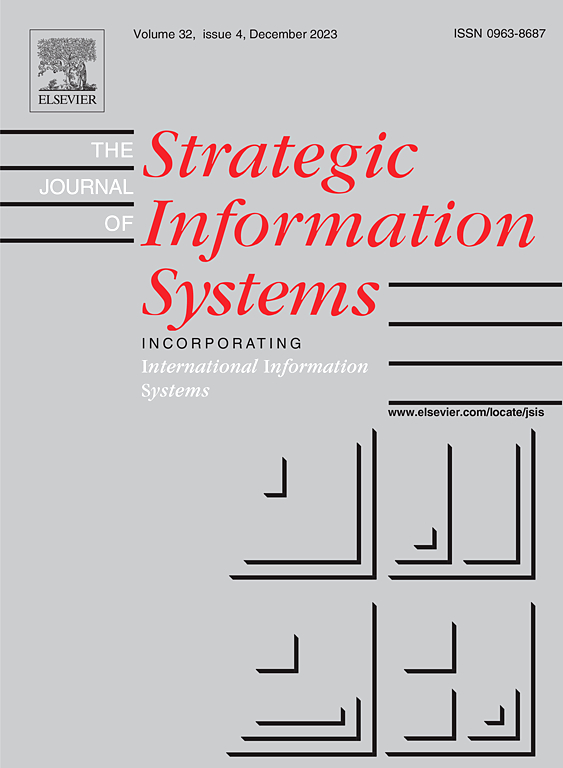论 A 型非负不变四元数
IF 1.1
4区 数学
Q4 COMPUTER SCIENCE, THEORY & METHODS
引用次数: 0
摘要
对于除 A 型之外的任何无限序列本质反射群,等变非负性与平方和问题都已解决。我们证明,当且仅当变量数至多为 3 或奇数时,不变平方和与非负形式的锥相等。本文章由计算机程序翻译,如有差异,请以英文原文为准。
On nonnegative invariant quartics in type A
The equivariant nonnegativity versus sums of squares question has been solved for any infinite series of essential reflection groups but type A. As a first step to a classification, we analyse -invariant quartics. We prove that the cones of invariant sums of squares and nonnegative forms are equal if and only if the number of variables is at most 3 or odd.
求助全文
通过发布文献求助,成功后即可免费获取论文全文。
去求助
来源期刊

Journal of Symbolic Computation
工程技术-计算机:理论方法
CiteScore
2.10
自引率
14.30%
发文量
75
审稿时长
142 days
期刊介绍:
An international journal, the Journal of Symbolic Computation, founded by Bruno Buchberger in 1985, is directed to mathematicians and computer scientists who have a particular interest in symbolic computation. The journal provides a forum for research in the algorithmic treatment of all types of symbolic objects: objects in formal languages (terms, formulas, programs); algebraic objects (elements in basic number domains, polynomials, residue classes, etc.); and geometrical objects.
It is the explicit goal of the journal to promote the integration of symbolic computation by establishing one common avenue of communication for researchers working in the different subareas. It is also important that the algorithmic achievements of these areas should be made available to the human problem-solver in integrated software systems for symbolic computation. To help this integration, the journal publishes invited tutorial surveys as well as Applications Letters and System Descriptions.
 求助内容:
求助内容: 应助结果提醒方式:
应助结果提醒方式:


